I was born during the year of one of the worse polio epidemics in the United States. Polio first appeared in the United States in 1894, and several major polio epidemics occurred between 1948 and 1955. The poliovirus enters the body through contaminated food or water. Unpredictably, infection can cause no symptoms, or it can cause death or degrees of paralysis.
Polio affects mainly children which explains why another name for polio was infantile paralysis. Parents were terrified of it back then. Accidents and cancer caused more deaths in children than polio, but polio survivors often had to use braces, crutches, wheelchairs, or even iron lungs if the muscles for breathing were paralyzed.
In the years after World War 2, the only thing American parents feared more than polio was nuclear war! Summer was polio season and if an outbreak happened in a community the public pool was abandoned, movie theaters closed, and neighborhoods were quarantined.
President Franklin D. Roosevelt created the March of Dimes in 1937 to raise money for polio research. People collected dimes in donation cards and mailed them in.
Child stars Mickey Rooney and Judy Garland were recruited to promote the March of Dimes. By the late 1940s the March of Dimes was raising more than $20 million a year.
The resources of the March of Dimes supported the research of a virologist and medical researcher named Jonas Salk who developed a vaccine against polio using killed poliovirus. After testing the vaccine on monkeys, he tested it on physically or mentally challenged institutionalized children in Pennsylvania in 1952 (certainly not an approach we would use now). His vaccine was delivered by injection, and in 1953 in his kitchen he sterilized needles in boiling water on the stove and injected himself, his wife, and their three sons.
Then, as part of the largest experimental trial of a drug in American history, in the Spring of 1954, 1.8 million school children received either a shot of the polio vaccine or a placebo. Neither the children nor those giving the shots knew who was getting which. The children were called the “Polio Pioneers!”
On April 12, 1955, a press conference was called to announce the results of the trial. Millions of Americans turned on the radio to listen in. The trial director announced that the vaccine was safe and 90% effective in preventing polio! Salk’s polio vaccine was approved for distribution in 1955.
Dr. Albert Sabin developed another polio vaccine in 1960. Instead of killed virus he used live, but weakened, virus. And it was administered in an oral liquid. Sabin’s vaccine was less expensive to produce and easier to administer. Quite a rivalry existed between the two men. Approved for use in 1962, Sabin’s liquid supplanted Salk’s injectable vaccine.
The Sabin vaccine was delivered in a pink liquid. I remember lining up to get my dose during a school day. I can only assume I had a parental permission slip!
Since the days of Salk and Sabin, new polio vaccines have been developed. Both my daughters received the polio vaccine, even though in 1994 polio was declared eradicated in North and South America. Since it still exists in some parts of the world, we continue to give children the polio vaccine.
The history of vaccines started in the late 1700s, and I’m grateful we continue to make vaccine history in the 21st century.
Besides the fact that vaccines are current news, I was drawn to the topic this week when I read a reflection by Howard Thurman in which he described visiting a woman who was in an iron lung. After a little Googling, I learned about people who were stricken with polio as children and then lived sixty or seventy years in iron lungs! One is Paul Alexander of Texas. From the Smithsonian Magazine in 2021:
“On a hot summer day in 1952, Paul Alexander of Texas was not feeling well. His neck and head hurt and he was running a high fever. Within days, the six-year-old boy could not move, speak or even swallow: he had contracted polio.
Today, though almost completely paralyzed from the neck down, Alexander—who is now 75 years old—is alive and well, thanks to the large steel ventilator that has enabled him to breathe for nearly seven decades, reports Andrew Court of the New York Post. He is one of the last people to use an iron lung, a device that was a common sight in polio wards at the peak of the epidemic.”
Read the whole article at this link:
Paul Alexander’s story is amazing and inspiring. His confinement puts into perspective my “confinement” the past two years because of COVID!




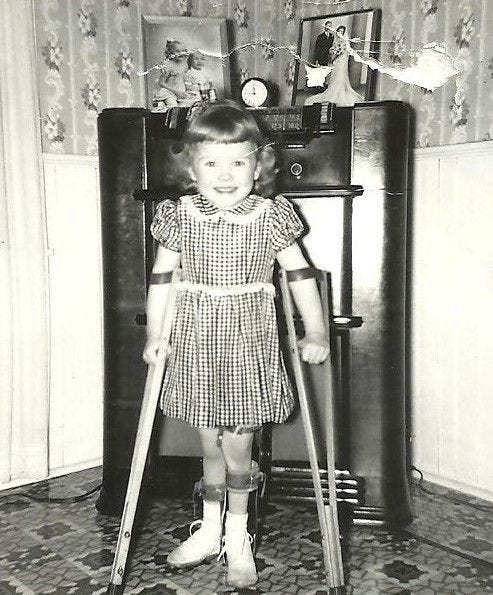


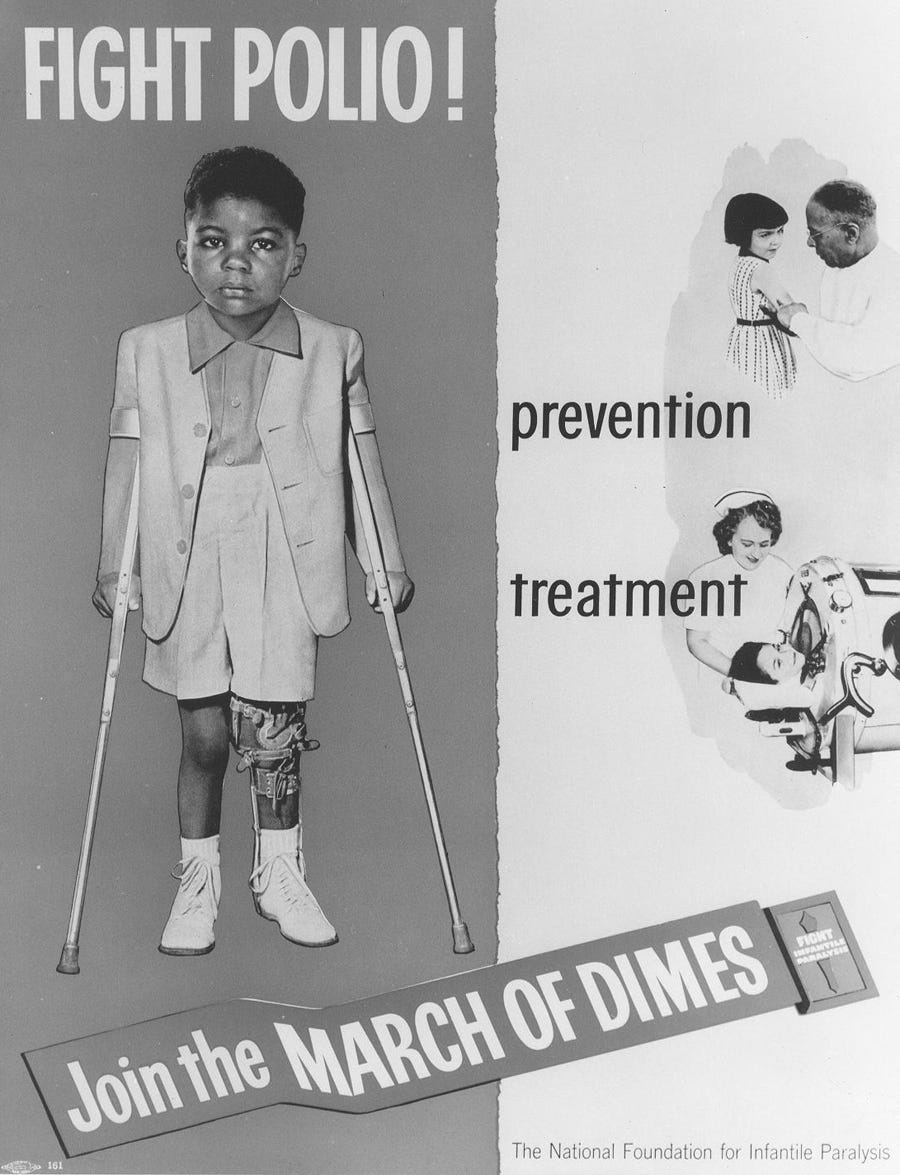
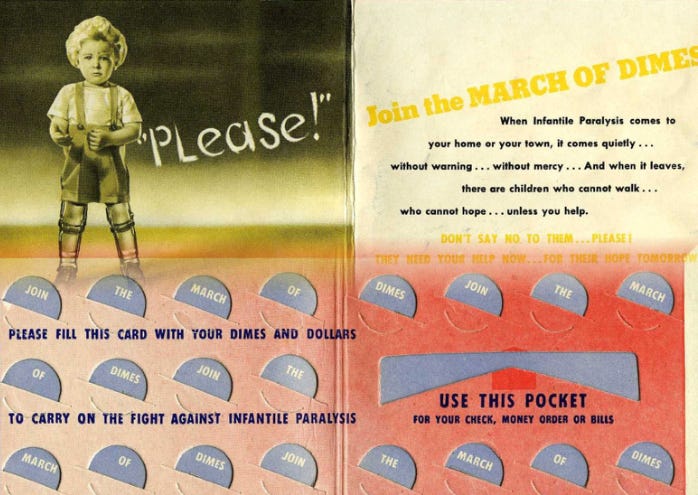
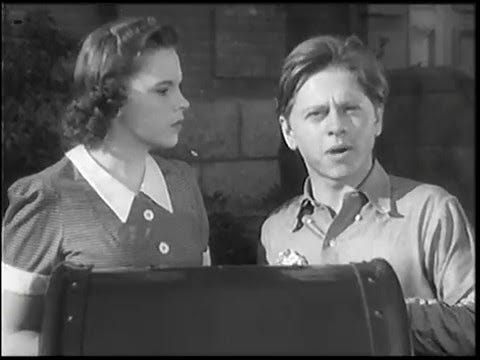
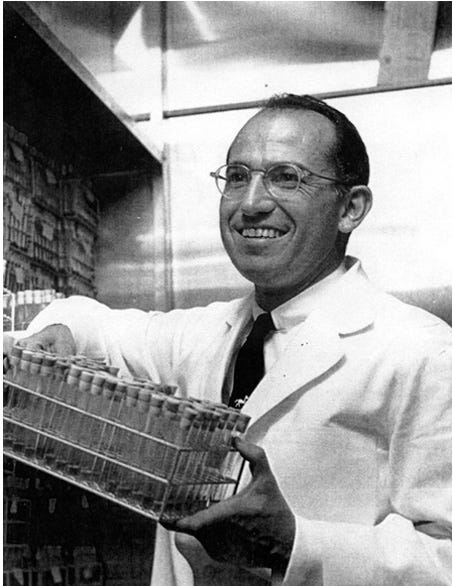
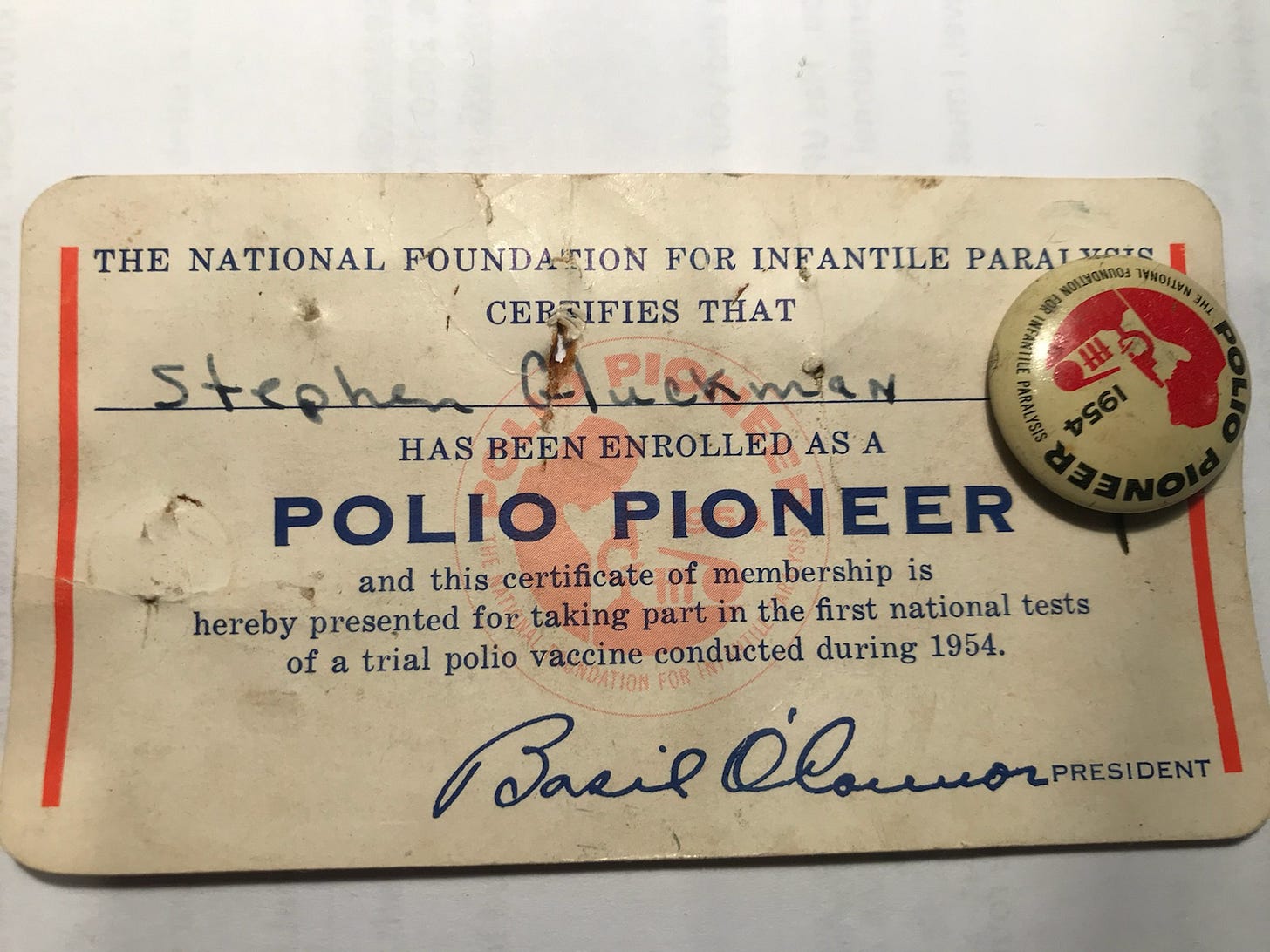
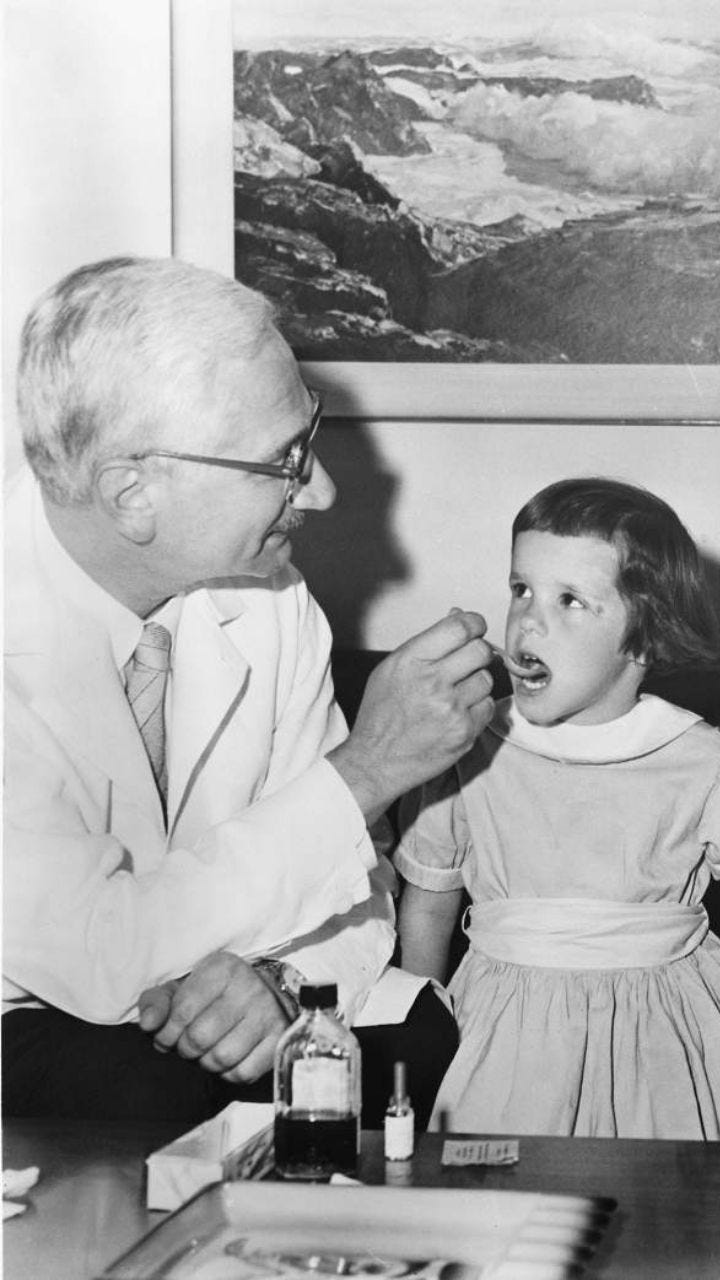
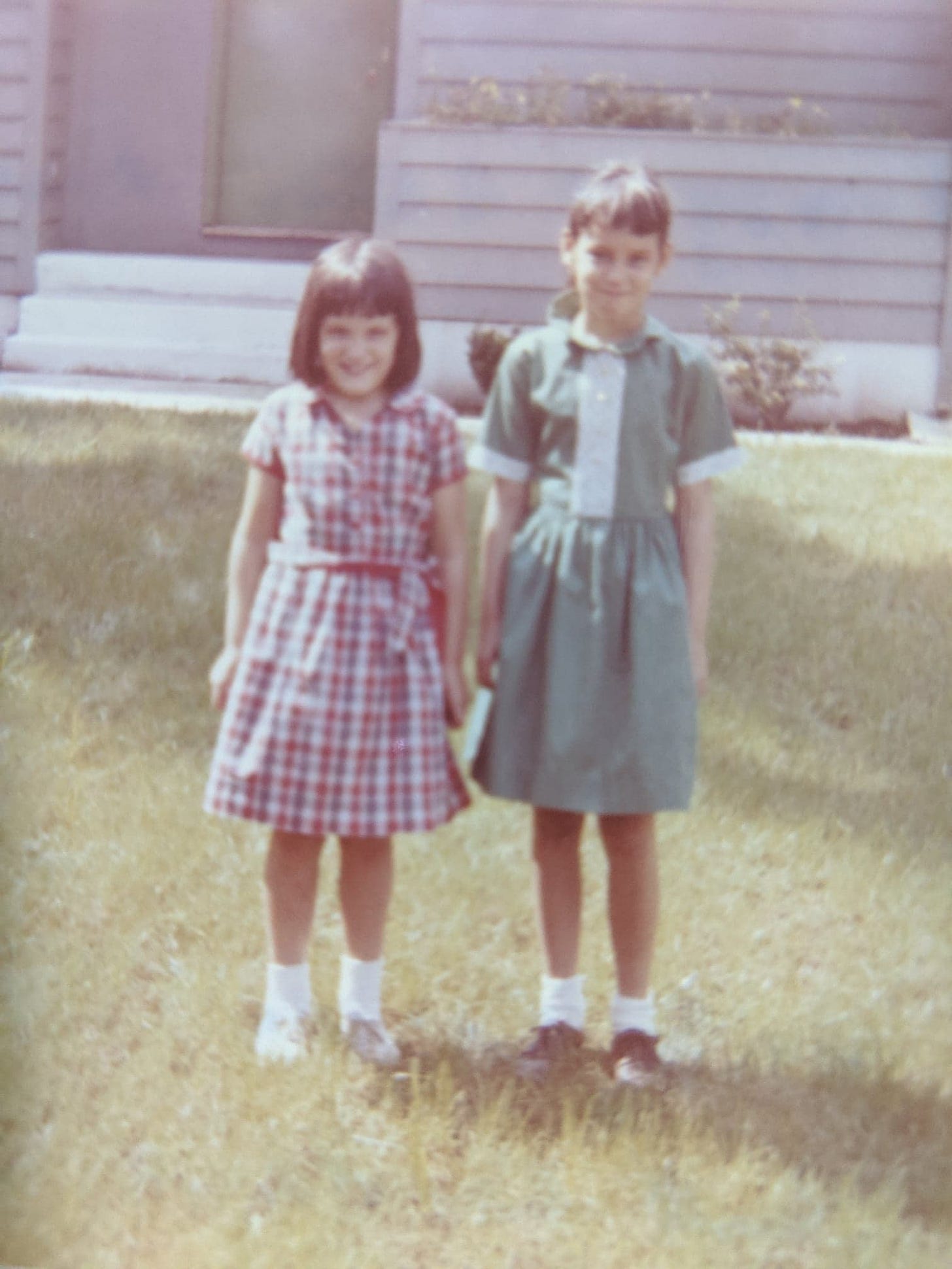
I remember the "hiding under the desks" drills and also the children in my neighborhood who contracted polio. Thank God for childish innocence to be able to not dwell on the potential horrors always about. Our parents did, for sure. We never went to a pool, always to a lake or stream. The first time I saw someone in an iron lung I was a 13-year-old hospital volunteer and stunned that such a thing existed (though I had heard about it). Quickly after that I read "On the Beach". Every day we work hard to see past the fallen creation to an eternal innocence with life-giving water!